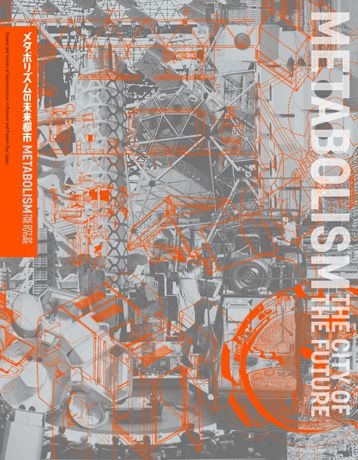
Metabolism is a movement originated in Japan. After the Second World War, a group of Japanese architects come together to probe in the organic nature of city and architecture. The idea was first proposed at the 1960 World Design Conference in Tokyo. The architecture in this movement advocated the mimicry of biological form, doing so with replaceable units by implementing modular structures. Many of the buildings eventually did not become reality, but they have given an experimental solution in response to the massive reconstruction after the post-war period.
M+ acquired the architectural fragments of two of the few actualized buildings, including the panel and ball joint of Expo Tower (1968–1970) from World Expo, Osaka, and a restored capsule from the Nakagin Capsule Tower (1972) in Tokyo. In the Collection Archives, you can find an archive from one of the members who founded the movement, Isozaki Arata, whose proposal of Incubation Process as an alternative idea of the future city built on ruins.
 メタボリズムの未来都市/Metabolism, the city of the future
メタボリズムの未来都市/Metabolism, the city of the future
 中銀カプセルタワービル/最後の記錄 = Nakagin Capsule Tower : the last record
中銀カプセルタワービル/最後の記錄 = Nakagin Capsule Tower : the last record


